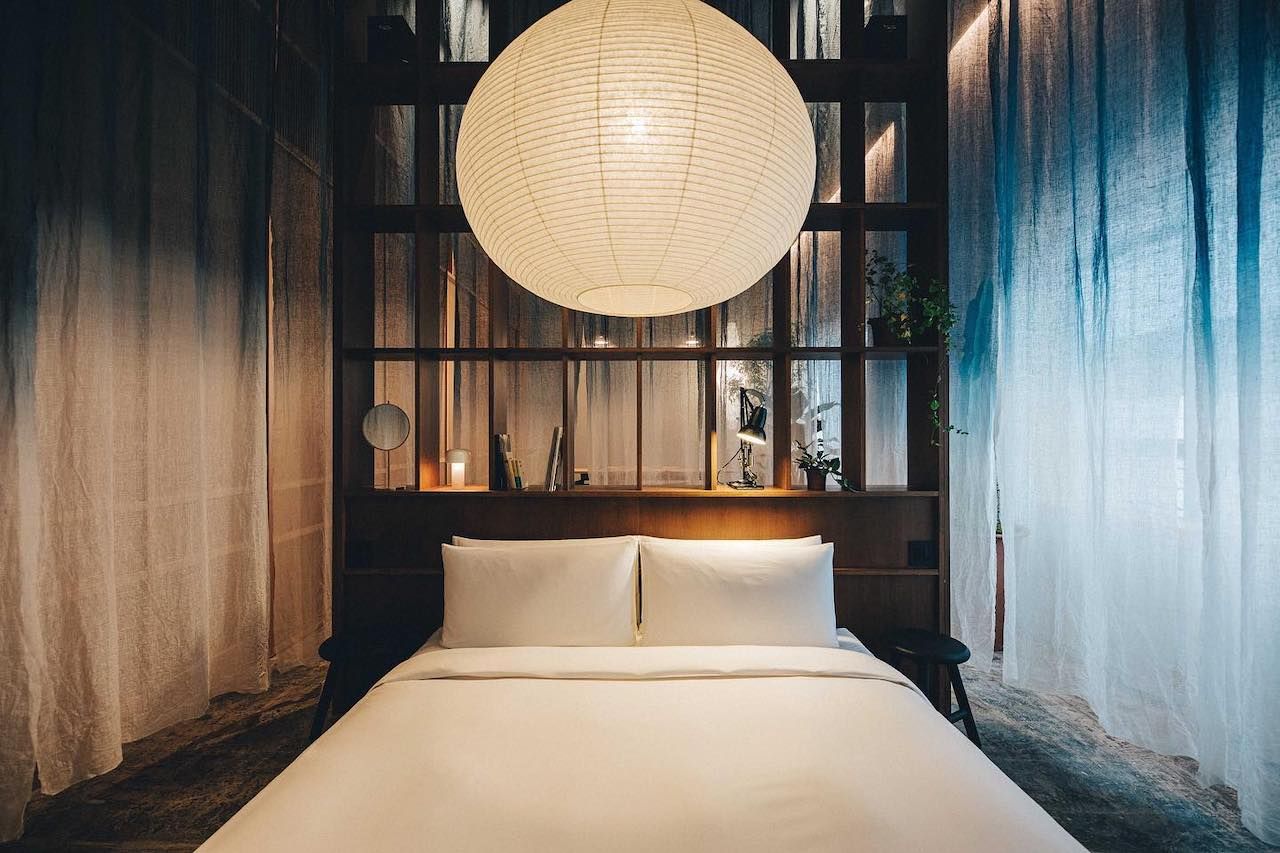We hope you love the spaces and stays we recommend! Just so you know, Matador may collect a small commission from some of the links on this page if you decide to book a stay, and listed prices are accurate as of the time of publication.
The biggest design trend of 2020 was “cottagecore,” an interior aesthetic movement that was all about maximalism with a heavy use of colors, patterns (especially floral), and chunky furniture that were all reminiscent of grandma’s country house. Since we spent most of last year inside our home pondering the past and the future, it made sense for us to want our interiors to be extra comfortable, filled with nostalgic beauty, and connected to nature in a reassuring, old-fashioned way. But in 2021, we’re moving on. To leave last year far behind, we’re making a 360-degree turn from granny chic and diving head first into this year’s new design trend: Japandi.





